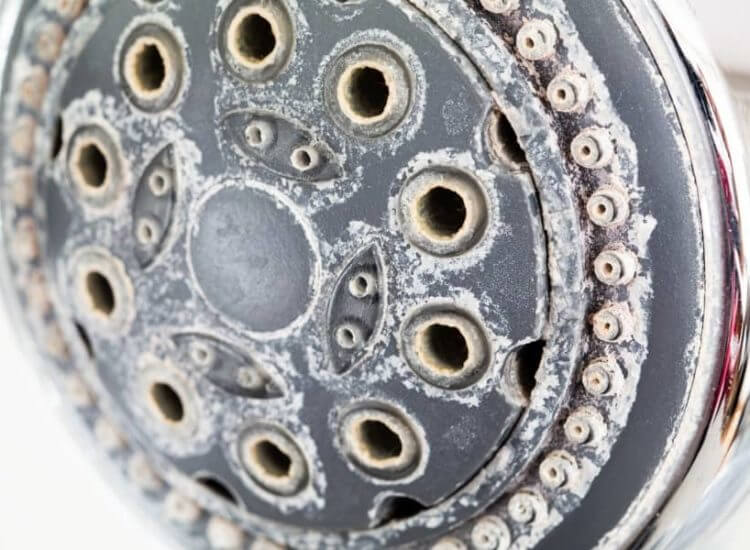
Introduction: Preserving the Benefits of Soft Water
Maintaining a water softener is crucial to ensure it continues providing the benefits of soft water, such as preventing limescale buildup and enhancing the efficiency of appliances. In this comprehensive guide, we’ll walk you through essential tips for water softener maintenance to keep your system running smoothly.
Understanding How Water Softeners Work
Ion Exchange Process
Water softeners operate on the principle of ion exchange, where calcium and magnesium ions, responsible for water hardness, are replaced with sodium ions. This process occurs in a resin tank filled with resin beads. Understanding this mechanism is key to recognizing the maintenance needs of your water softener.
Salt Reservoir and Regeneration
Most water softeners use salt in the regeneration process. The salt reservoir is a critical component, and regular maintenance ensures the efficient regeneration of resin beads. Familiarize yourself with the regeneration cycle in your system’s manual to optimize its performance.
Regular Checks and Inspections
Inspecting Salt Levels
Regularly check the salt levels in the brine tank. Insufficient salt can lead to ineffective regeneration, reducing the softening efficiency. Keep the salt level at least half-full to ensure a continuous supply for the regeneration process. Refill the tank as needed, based on your water usage and the system’s requirements.
Monitoring Resin Tank*
Inspect the resin tank for signs of resin beads clumping or discoloration. Clumping may indicate a resin bed that needs cleaning or resin replacement. Discoloration could suggest the presence of iron or other impurities. Regular monitoring allows for timely intervention and prevents potential issues.
Cleaning and Sanitizing the Brine Tank
Emptying and Cleaning
Periodically, empty the brine tank and clean it thoroughly. Remove any remaining salt and debris, scrub the tank’s walls, and rinse it with clean water. This prevents salt buildup and ensures the tank remains free from contaminants, maintaining optimal conditions for the regeneration process.
Sanitizing the Tank*
Sanitize the brine tank periodically to prevent the growth of bacteria or mold. Use a mixture of water and hydrogen peroxide or a manufacturer-recommended cleaner. Allow the solution to sit for some time before rinsing the tank thoroughly. Sanitizing safeguards the water softener and the quality of the softened water.
Checking and Adjusting Water Softener Settings
Reviewing System Settings
Refer to your water softener’s manual to understand the settings and controls. Check and adjust the regeneration frequency, hardness level settings, and time settings if necessary. These adjustments should align with your water hardness level and usage patterns to ensure efficient operation.
Calibrating the Water Softener*
Some water softeners offer calibration options for precise adjustments. Calibrate your system based on water hardness test results and any changes in water usage. Proper calibration ensures accurate softening and prevents unnecessary regeneration cycles, optimizing salt usage.
Water Softener Resin Bed Maintenance
Resin Bed Cleaning*
Over time, the resin bed may accumulate impurities or lose efficiency. Perform resin bed cleaning using a water softener resin cleaner. Follow the manufacturer’s instructions for the appropriate dosage and procedure. Cleaning the resin bed enhances its performance and extends the lifespan of the water softener.
Resin Bed Replacement*
In cases of severe resin bed damage or depletion, consider resin bed replacement. Consult the manufacturer or a professional service provider for guidance. Resin bed replacement rejuvenates the water softener’s effectiveness, providing continued benefits of soft water.
Protecting the Brine Line and Control Valve
Inspecting Brine Line*
Regularly inspect the brine line for any blockages or salt bridges. Blockages can disrupt the brine solution’s flow during regeneration. Break up salt bridges and clear any obstructions to ensure the smooth operation of the brine line.
Checking Control Valve Operation*
The control valve is a critical component responsible for regulating water flow during the softening process. Periodically check the control valve’s operation, ensuring it opens and closes correctly. Lubricate the valve as recommended by the manufacturer to prevent stiffness or malfunctions.
Consistent Water Testing
Testing Water Hardness*
Regularly test the hardness of your water to gauge the water softener’s effectiveness. Follow the instructions in your system’s manual for proper testing procedures. Adjust the water softener settings based on the test results to maintain optimal softening levels.
Testing for Impurities*
Conduct periodic tests for impurities like iron, manganese, or sulfur. Excessive impurities may require additional treatment or adjustments to the water softener settings. Addressing impurities promptly ensures the continued delivery of high-quality, soft water.
Conclusion: Sustaining Soft Water Excellence
Maintaining a water softener is essential for preserving the benefits of soft water and preventing the negative effects of hard water. By incorporating these maintenance tips into your routine, you ensure the longevity and optimal performance of your water softener, providing your home with the consistent advantages of soft water.
To delve deeper into maintaining a water softener, explore our comprehensive guide for expert insights and additional tips. Your journey to sustained soft water excellence begins here.





